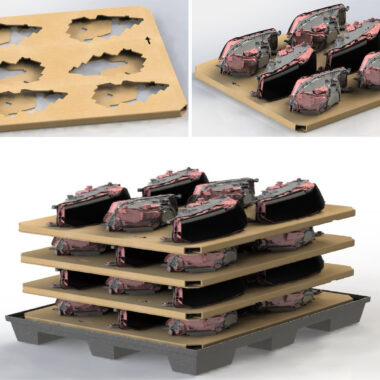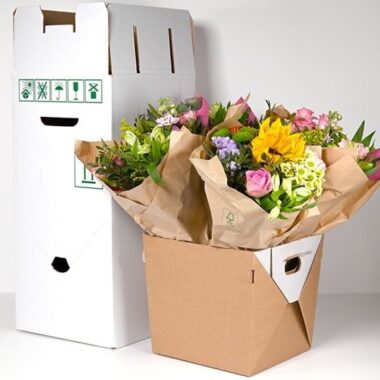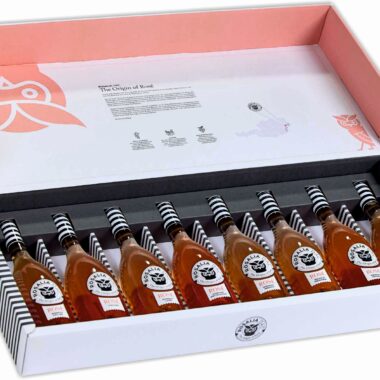 “The global amount of food waste is difficult to calculate, but approximately 1.3 billion tonnes of food, or one third of global food production is lost or wasted annually”. This opening remark welcomed participants at the Combating Food Waste in the EU event in early November.
“The global amount of food waste is difficult to calculate, but approximately 1.3 billion tonnes of food, or one third of global food production is lost or wasted annually”. This opening remark welcomed participants at the Combating Food Waste in the EU event in early November.
Lack of food for most Europeans is at the most a faded memory. We don’t value food, we simply take the ability to produce and deliver more for granted. The chair closed his welcome by saying that ‘food waste is a scandal and it’s time to act’.
Janez Poto?nik, European Commissioner for DG Environment put it in very real terms saying that we are currently throwing the equivalent of 565 euros in the bin per family per annum.
The retailer Metro Group shared its sustainability strategy to combat food losses from farm to fork. In low income countries they have focused on training farmers, which has reduced food losses post-harvest by 40%. In Europe they are implementing a wide range of measures including packaging innovation to help ensure food is on-shelf with maximum time before best before dates are exceeded.
The Dutch Retailer Royal Ahold also outlined a number of measures they have implemented which have resulted in a 30% reduction of food losses in their supply chain over a two year period.
Packaging was cited by various speakers as one key element to help reduce food waste, for example adequate packaging sizes for single portions, or resealable and compartmentalised packaging alongside increased public understanding of ‘best before date’ labeling.
Julian Carroll of Europen made a strong case that the use of as much packaging as necessary rather than as little as possible results in food being properly protected as it journeys to the consumer. He cited the growing consensus amongst politicians and supply chain players in Europe that appropriate packaging is necessary to prevent food losses.
Finally, ‘Corrugated of Course’ were there to remind the audience of the many ways, often taken for granted, in which corrugated packaging protects food. These included the fact that solutions can be precisely tailored to fit the product, that special features such as air vents, handles, interlocking mechanisms and features for ease of handling by merchandisers can be engineered-in, and that that printability allows clear handling instructions and provenance details to be communicated. Examples of recent and future innovations were also presented including a waterproof coating for products such as fresh fish, use of ice trays to maintain the freshness of watercress [pictured], and a special coating that absorbs the gases that trigger the decomposition of fruit and vegetables.
It is clear that a solution to the food waste problem needs to be found. What is also clear is that, amongst the many measures being taken, packaging is part of that solution.




